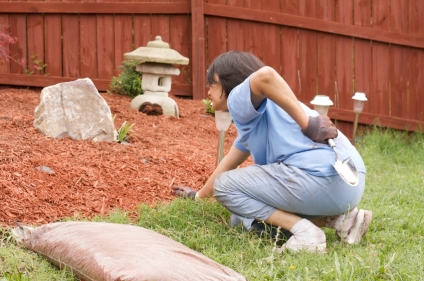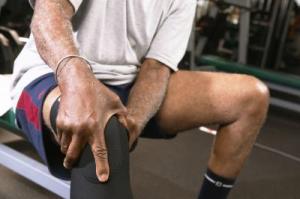 What do you understand by Foot Drop?
What do you understand by Foot Drop?
Foot Drop, also referred to as ‘drop foot’ is a gait abnormality, where person is unable to lift his/her forefoot and hence walking becomes challenging for such persons. Foot drop is not a disease in itself but rather a sign of underlying foot disorder that can be neurological, muscular or anatomical. Foot Drop can affect one or both the feet and as well be temporary or permanent depending upon its cause.
Under this condition, patient loses partial or total control over the foot. The toes of such patients either point towards floor when they lift up the foot from the ground or they tend to drag the foot along the ground while walking.
What conditions give rise to Foot Drop?
Generally, foot drop occurs due to the weakness or paralysis of the muscles lifting the foot. Apart from this, there may be some other causes including the following:
- Muscular Disorders
- Nerve injury
- Brain or Spinal disorders
- Injury to peroneal nerve
- Sports injuries
- Diabetes, hip or knee replacement surgery
- Sitting cross-legged or squatting for sustained hours
- Neurological conditions like; stroke, multiple sclerosis, cerebral palsy
- Muscular dystrophy, polio
- Tear of the anterior tibialis tendon
- Anterior compartment syndrome
What are the signs and symptoms of Foot Drop?
Foot drop is debilitating for the patients as it affects their mobility to a greater degree. The persons suffering from foot drop may exhibit the below mentioned signs and symptoms:
- Difficulty in lifting the forefoot or toes off the floor
- Pain, weakness & numbness in the foot
- Slap foot on the floor while walking
- Drag the foot while ambulating
- Raise the leg while walking
What are the physical therapy interventions employed to treat Foot Drop?
Physical Therapy is the most effective treatment for the foot drop, as most of patients regain significant function and mobility after observing a regular physical therapy regime. Physical therapists use the following techniques to manage foot drop:
- Strengthening exercises are practised to strengthen and stretch foot and to mobilize the ankle.
- Stretching exercises are administered to help stretch the calf and foot muscles
- Leg flexes and toe curls are advised and practised to stimulate the muscles
- Treatment regime including electrical stimulations of nerve and muscle fibres’ may be advised to enhance the tone and contractility.
- Gait training is recommended to help the patients walk more efficiently and to improve their stability
- Use of ‘AFO’ (Ankle-Foot-Orthosis) braces may be recommended to support the ankle and foot function
- Manual Therapeutic techniques including; soft tissue massage, deep friction massage, manual stretching and joint mobilization is employed by therapists to help patients regain range of motion
- Neuromuscular Re-education including; movement techniques and mechanics is provided to restore stability and retain lower extremity in daily chores
- Home program including; strengthening, stretching and stabilization exercises and instructions is designed to help patients to perform daily tasks.
Contact Alliance Physical Therapy for the efficient treatment of your neurological and muscular disorders. Our dedicated and diligent physical therapist will help you walk the road to recovery.

